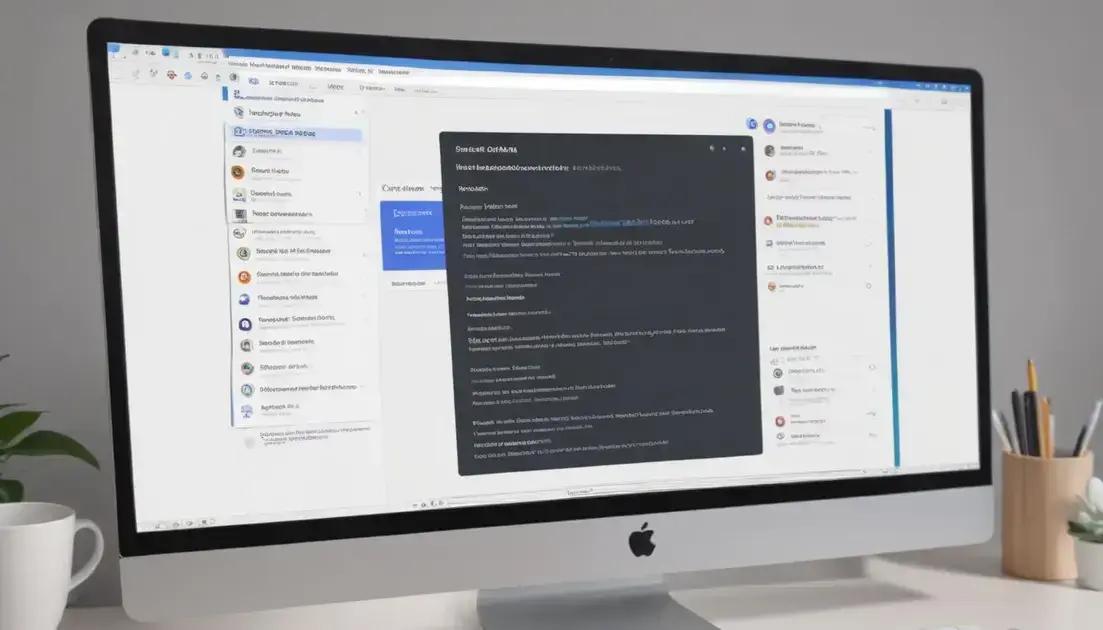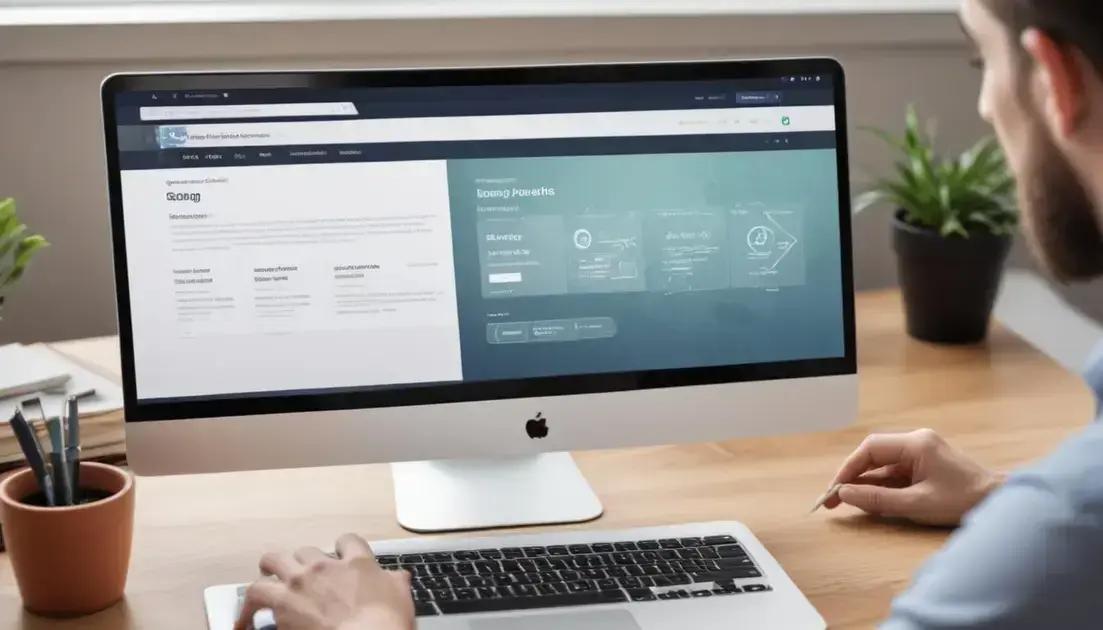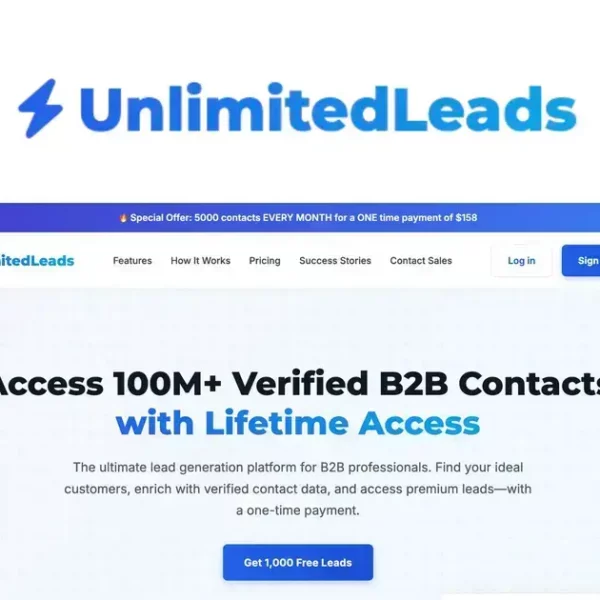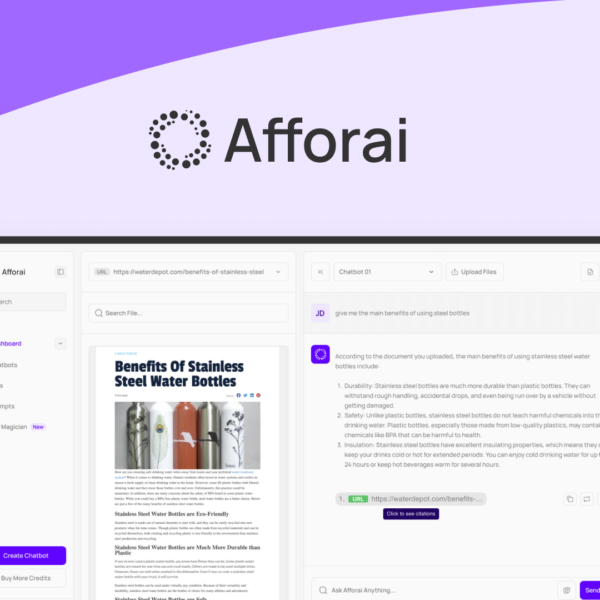SEO is crucial for online success, yet many struggle with common missteps. Ready to uncover the pitfalls and leverage AI for a smarter strategy? Let’s dive in!
Underestimating SEO Costs and Time
Many businesses underestimate the costs and time required for effective SEO. It’s important to understand that SEO is not a quick fix. It takes time to see results and it often requires ongoing investment.
Understanding SEO Costs
When planning your budget, consider costs such as hiring experts, purchasing tools, and content creation. These expenses can add up quickly. Don’t forget about the cost of ongoing maintenance. SEO isn’t a one-time effort; it needs regular updates and adjustments.
The Time Factor
SEO results don’t appear overnight. It usually takes several months before you notice significant changes in your traffic and rankings. Patience is key in this game. Setting realistic timelines helps manage expectations.
Investment in Content
High-quality content is a cornerstone of effective SEO. Producing valuable content demands time and resources. This investment pays off in the long run, as it attracts more visitors and builds trust.
Expertise Matters
Hiring SEO specialists can streamline your efforts. They bring knowledge and skills that can save time and help avoid costly mistakes. While it may seem expensive upfront, it often leads to a better return on your investment.
Remember, by underestimating the time and costs of SEO, you might miss out on opportunities for growth and visibility online. Take the time to plan your SEO strategy carefully. A well-funded and well-timed SEO effort can pay dividends for your business.
Not Matching User’s Search Intent

Not matching the user’s search intent can hurt your SEO efforts. When users search online, they expect to find exactly what they are looking for. If your content doesn’t meet their needs, they’ll quickly leave your site.
What is Search Intent?
Search intent is all about what the user wants when they type a query. Are they looking for information, products, or services? Understanding this can help you create content that resonates with their needs.
Types of Search Intent
There are mainly four types of search intent: informational, navigational, transactional, and commercial. Informational intent seeks knowledge. Navigational intent aims to find a specific website. Transactional intent is about making a purchase, while commercial intent involves comparing products. Knowing the type of intent helps guide your content creation.
How to Align Content with Search Intent
Research keywords to determine what users are searching for. Use tools like Google Trends or Keyword Planner. Optimize your content around these keywords while keeping user intent in mind. Make sure your headlines and paragraphs reflect what the user is looking for.
Creating Value Through Relevant Content
Providing clear and valuable content increases user satisfaction. Aim for quality over quantity when it comes to information. This builds trust and keeps visitors coming back.
Remember, matching user intent means understanding their needs. If you can do this, your SEO efforts will likely yield better results.
Misunderstanding Competitor Analysis
Misunderstanding competitor analysis can hurt your SEO efforts. This process helps you learn what works for others in your niche. If you ignore it, you might miss important insights that could boost your own strategy.
What is Competitor Analysis?
Competitor analysis involves researching your rivals to understand their strengths and weaknesses. You can find out what keywords they rank for and how they engage their audience. This information helps refine your own approach.
Common Mistakes in Competitor Analysis
One mistake is thinking you can copy your competitors. Instead, use their success as a learning tool. Identify what they do well and what they lack. This lets you focus on filling gaps in the market.
Tools for Competitor Analysis
There are many tools available for analyzing competitors, like SEMrush and Ahrefs. These tools provide keyword data, backlinks, and site traffic information. Leverage these resources to get a clear picture of your market landscape.
Understanding Audience Engagement
Look at how your competitors engage with their audience. Check their social media interactions and blog comments. This can reveal what type of content resonates well. You want to attract the same audience by offering even better value.
Always remember, effective competitor analysis is about learning and improving your own strategies. By understanding what others do, you can create a more powerful SEO approach.
Neglecting Technical SEO

Neglecting technical SEO can seriously hurt your online presence. This involves the behind-the-scenes aspects that help search engines crawl and index your site effectively. If you ignore it, you may miss out on valuable traffic.
What is Technical SEO?
Technical SEO refers to optimizing your website’s structure and code. It includes improving site speed, ensuring mobile-friendliness, and fixing broken links. These factors affect how easily search engines can index your pages.
Importance of Site Speed
A fast website is crucial for user experience. If your site takes too long to load, visitors will leave. Aim for a load time under three seconds for optimal engagement.
Mobile-Friendliness Matters
With so many people using mobile devices, having a mobile-friendly site is a must. Use responsive design to ensure your site looks good on all devices. Google’s mobile-first indexing means your site is ranked based on the mobile version first.
Fixing Broken Links
Broken links can frustrate users and lead to a damaged reputation. Regularly check for these links and fix or remove them. This helps keep visitors on your site longer.
Overall, addressing technical SEO can improve your website’s performance and visibility. Make it a priority to optimize these elements for better results.
Ignoring Mobile-Friendliness
Ignoring mobile-friendliness can lead to losing many potential visitors. With most people browsing on their phones, having a mobile-friendly site is essential. If your site isn’t optimized, users may leave quickly.
Why Mobile-Friendliness Matters
A mobile-friendly site makes it easier for users to navigate. If they struggle to find what they need, they might turn to a competitor. Good design helps retain visitors and improves their experience.
Responsive Design vs. Mobile Sites
Responsive design automatically adjusts to fit any screen size. This means one site works well on both desktops and mobile devices. In contrast, a separate mobile site can create issues with updates and user experience.
Testing Mobile-Friendliness
You can use tools like Google’s Mobile-Friendly Test to see how your site performs. This tool checks if your website is easy to use on mobile. If it’s not, it can provide tips to make it better.
Benefits of Being Mobile-Friendly
Mobile-friendly sites often rank better in search results. This helps bring more visitors your way. Plus, a good mobile experience keeps customers happy and coming back.
Don’t underestimate the importance of mobile-friendliness. Ensure your website works well on all devices for the best results.
Over-Optimizing for SEO and Under-Optimizing for UX

Over-optimizing for SEO while under-optimizing for user experience (UX) can hurt your website. It’s important to find a balance between attracting search engines and providing a great experience for your visitors.
Understanding SEO and UX
SEO involves various techniques to help your site appear in search results. UX focuses on how users interact with your site. Both are important, and neglecting one for the other can create issues.
Signs of Over-Optimization
If your content feels forced or stuffed with keywords, that’s a red flag. Content should sound natural, not robotic. Also, if your site is difficult to navigate, users may leave quickly.
Improving User Experience
To enhance UX, focus on clear navigation and quick load times. Use headings, bullet points, and images to break up text. This makes your content more readable and engaging.
Balancing SEO and UX
Always prioritize creating valuable content for your users. If they find what they need, they’re more likely to share your site. Use SEO techniques to enhance content rather than overwhelm it.
By keeping both SEO and UX in mind, you can create a site that ranks well and keeps users happy. Striking a balance is key for your online success.
Forgetting about Local SEO
Forgetting about local SEO can cost you valuable customers. Many people search for services and products nearby. If your business isn’t optimized for local searches, you might miss out.
What is Local SEO?
Local SEO helps businesses show up in search results for local queries. It focuses on improving visibility in your community. This includes targeting keywords that relate to your city or region.
Importance of Google My Business
Creating a Google My Business listing is essential for local SEO. It allows you to manage your online presence across Google. Fill out your profile with accurate information like your address, phone number, and business hours.
Using Local Keywords
Incorporate local keywords into your content. For example, if you run a bakery in Seattle, use phrases like “Seattle bakery”. This helps search engines connect your business with local searches.
Importance of Online Reviews
Encourage customers to leave reviews on platforms like Google and Yelp. Positive reviews build trust and can improve your local rankings. Responding to reviews shows you value customer feedback.
Don’t overlook local SEO. By optimizing for your local audience, you can attract more customers and grow your business.
Failing to Monitor SEO Efforts

Failing to monitor your SEO efforts can lead to missed opportunities. SEO is not a one-time task; it requires ongoing attention. Regularly reviewing your performance helps ensure your strategies work effectively.
Why Tracking is Important
Tracking your SEO performance shows what’s working and what isn’t. It helps you understand which keywords drive traffic and which pages need improvement. Without this knowledge, you risk falling behind your competition.
Using Analytics Tools
Tools like Google Analytics provide valuable insights. They show you how many visitors come to your site and what they do while there. Set up goals to track conversions, such as sign-ups or purchases.
Monitoring Keyword Rankings
Tracking your keyword rankings is crucial for understanding your site’s visibility. Tools like SEMrush or Ahrefs can help you see how you rank for specific keywords. This information guides your content strategy going forward.
Regularly Updating Your Strategy
SEO trends change frequently. Regularly review your tactics and adjust your strategy as needed. This keeps your content fresh and relevant, improving your chances of ranking higher.
Don’t neglect to monitor your SEO efforts. Staying informed allows you to adapt and succeed in the competitive online landscape.




